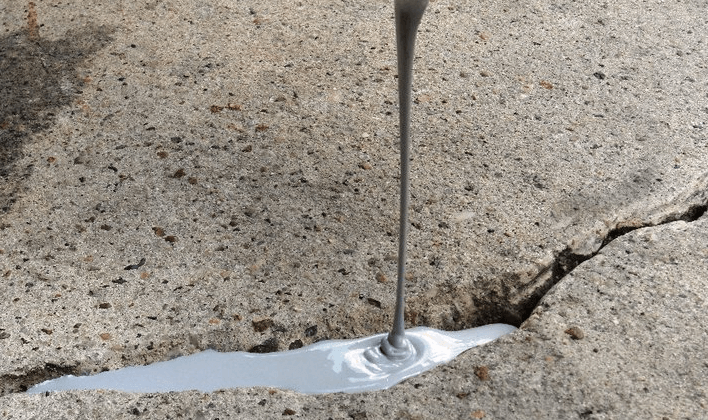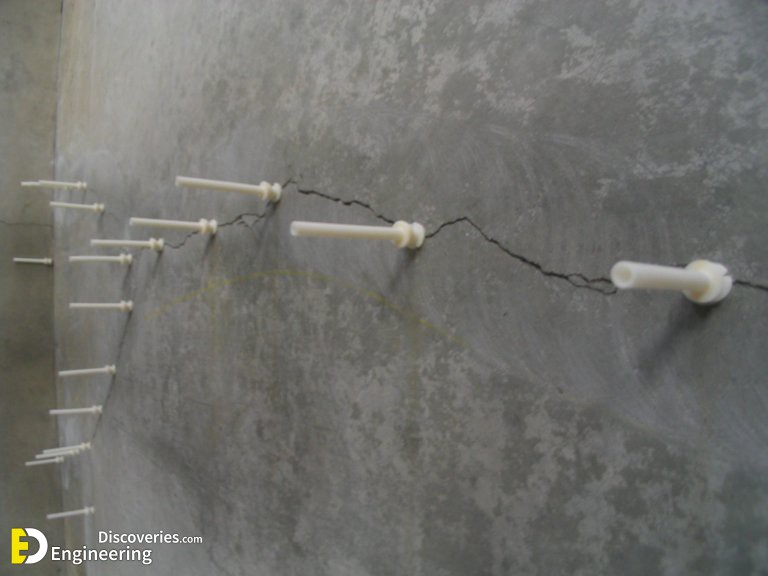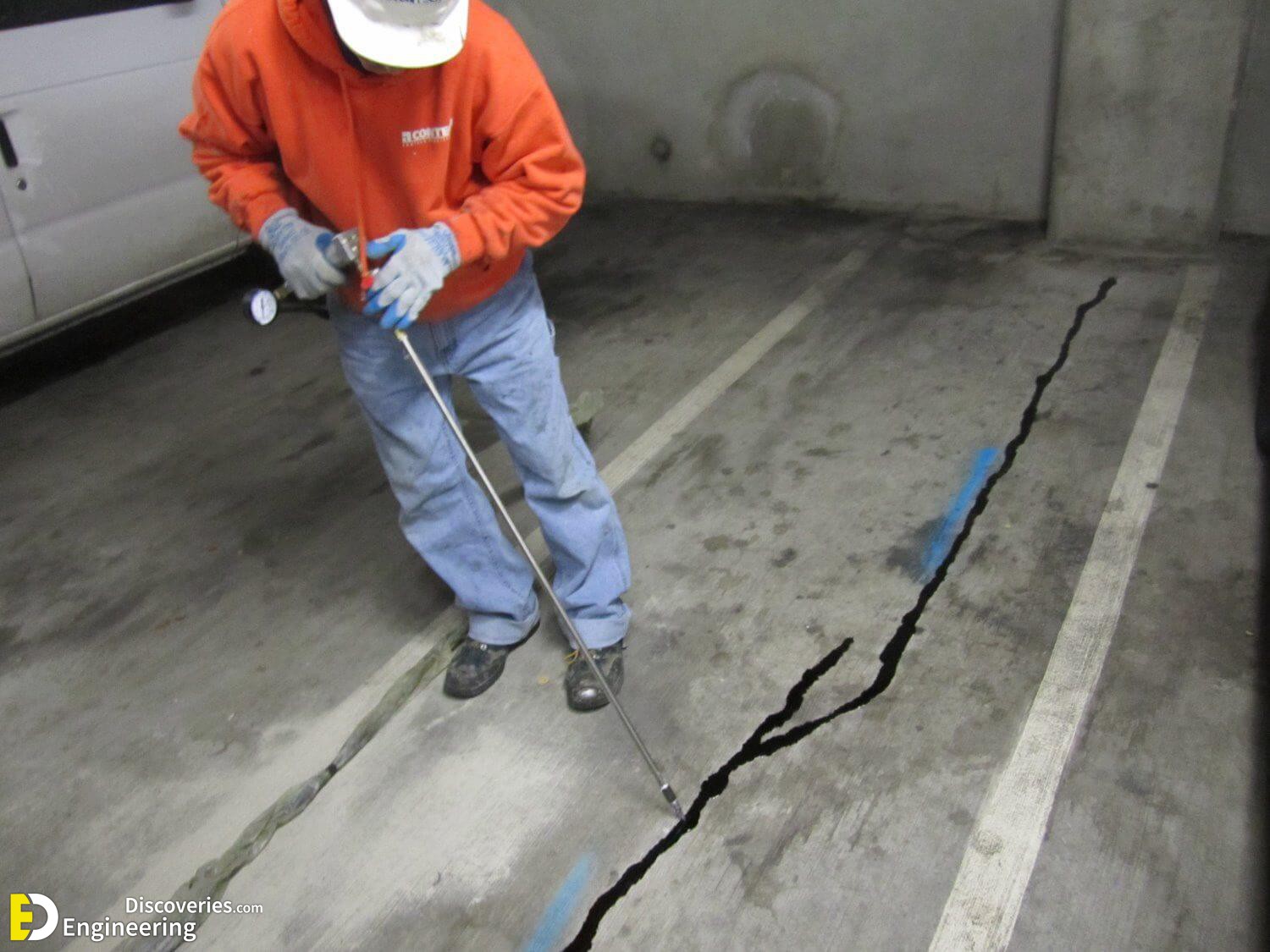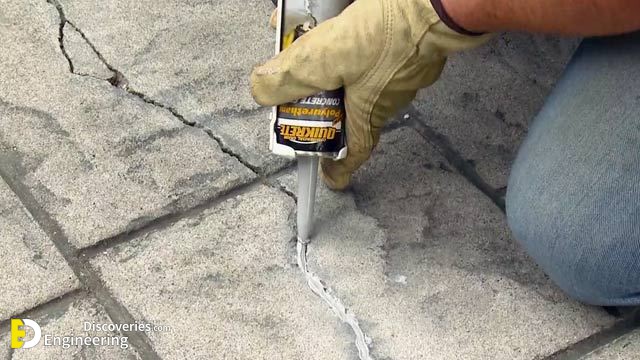Concrete cracks are repaired using different techniques and methods, such as epoxy injection depending on how wide, long, and/or deep the crack is. Most of the concrete cracks are related to shrinkage, heat, wrong joint placements, over stress, and loading conditions and movements caused by external factors. Some of these repairs are completed by using epoxy injections applied directly to the crack. The procedure is different and varies depending on the crack location and whether the concrete cracks are horizontal or vertical.
Some of the more typical causes for concrete cracking include:-
5- Overload conditions that produce flexural, tensile, or shear cracks in concrete.
What is the purpose of this repair?
When do I use this method?
If the crack does not compromise the structural integrity of the structure, injection with polyurethane grouts or other nonstructural materials may be a more suitable choice to fill the crack. When a structural repair is required, conditions that cause the crack must be corrected prior to proceeding with the epoxy injection. If the crack is damp and cannot be dried out, an epoxy tolerant of moisture should be considered. Cracks caused by corroding reinforcing steel should not be repaired by epoxy injection because continuing corrosion will cause new cracks to appear.
Prepping the Concrete Surface
You should start by cleaning the crack area extending up to half an inch to each side of the crack. This is needed to secure a proper bonding to the existing concrete crack. It is recommended to use wire brushes to clean the area or use a high-pressure water jet to clean the area, but allow it to dry before starting the process.
If you are under time constraints, air dryers can be used to eliminate the moisture and water from the crack faster. Mechanical tools are not recommended as additional debris might fall into the crack. The ideal crack repair process might require widening the crack into a “V” shaped until the crack is no longer noticeable. “V” shaped cracks will also generate a more resistant finishing.
What equipment do I need?
What are the safety considerations?
Crack Repair Tips
These are some of the most common issues
1- Start with a low-pressure injection setting and increase the pressure as needed.
2- Larger cracks require more epoxy injection pressure.
3- When filling wide cracks, wait some time, not a lot, ensuring that the epoxy is filling the concrete crack.
4- Remove the top seal using a chisel or scraper. You can also use a heat gun to remove the epoxy paste.
5- Watch out for epoxy backflow as that could be a result of debris blocking the epoxy flow or perhaps the crack is not continuous.
6- If there is a leak in the top seal, use a crayon to seal the small leaking area. This is only recommended when it is a small leaking area.
7- Maintain the ports at least 48 hours to make sure the concrete crack is sealed.
8- When the crack is too wide, the injection method might not work. Verify before proceeding that the crack is manageable and can be fixed using the crack kit.
9- On narrow cracks apply a bead of caulk on the side of the concrete crack at least 1/8″ from the edge of the crack. This creates an area that can be used to put the epoxy minimizing the waste.
How do I check the repair?
1- Test cores
2- Methods for nondestructive evaluation
For More Information Watch This Video
https://www.youtube.com/watch?v=E-TIuUnwZF8&feature=youtu.be






